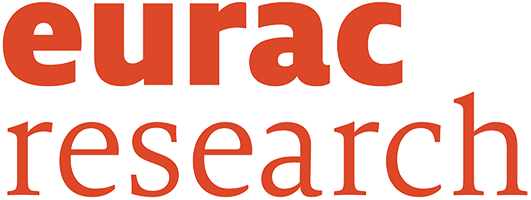Paper 408
Assessing the role of simulation tool selection for the evaluation of heat and moisture balance in historic buildings
Authors: V Gori (1), (2), S Efthymiopoulos (3), (4), X Tian (2), J Dong (2), and V Marincioni (2), (4)
- UCL Energy Institute, University College London, 10 Montague street, London WC1B 5BJ, United Kingdom
- UCL Institute for Environmental Design and Engineering, University College London, Central House, 14 Upper Woburn Place, London WC1H 0NN, United Kingdom
- Department of Civil Environmental and Geomatic Engineering, University College London, Gower street, LondonWC1E 6BT, United Kingdom
- UK Centre for Moisture in Buildings (UKCMB), Here East, 8-9 East Bay Lane, Queen Elizabeth Olympic Park, London E15 2GW, United Kingdom
Abstract:
A dramatic improvement of the efficiency of existing dwellings is essential to tackle the climate emergency. About 30% of the European domestic building stock is classified as heritage, with generally poor thermal performance. While retrofitting of historic buildings is therefore essential, it presents increased challenges and risks compared to more modern ones. This is due to preservation requirements, the wider range of pre-retrofit conditions, the limited availability of reliable information on the building fabric and its complex hygrothermal behaviour. These challenges are reflected in the limited ability of current simulation tools to provide representative energy performance estimations for historic buildings, where large discrepancies with in-situ measurements are often unacceptable. This research compared three common dynamic simulation tools (EnergyPlus, IESVE, and WUFI Plus) to explore their relative strengths and weaknesses within the context of historic buildings. A 18th century barn was used as case study. Energy demand, indoor temperature and relative humidity outputs were assessed and compared using descriptive and inferential statistics. Results showed the importance of tool selection depending on the aim of the analysis. While IESVE and EnergyPlus showed similar results for energy performance and heating loads; WUFI Plus and IESVE were more consistent for indoor conditions and thermal comfort evaluation.
Keywords: Historic buildings;Heat and Moisture balance; Dynamic simulation; Retrofit; Energy efficiency.
